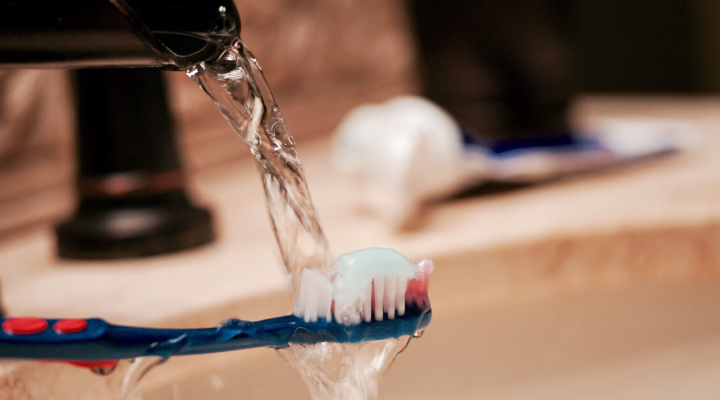
There are more microbes living on your toothbrush than there are people living in New York City. Here’s how to disinfect toothbrushes, both the right and wrong way.
Skip it:
- The dishwasher: It may seem like a convenient clean, but save your dishwasher for plates and Pyrex. Certain materials are “dishwasher safe,” but toothbrushes are not designed to withstand that soapy storm. Don’t risk damaging your brush’s bristles.
- Closed containers: Let your brush breathe. Moist areas are prime real estate for bacterial growth. Store your brush upright and separate from other toothbrushes to prevent germs from mingling.
Do it:
- Rinse: Old-fashioned warm water is the safest and most effective way to clean your brush. Rinse for 5-10 seconds after you’ve finished brushing.
- Replace: Not only do your bristles start to wear down after 3-4 months, bacteria build up too. Decrease the number of germs you’re exposed to—toss your toothbrush every 3-4 months (or sooner if you’ve been sick).
Wait for the research:
- Toothbrush Sanitizers: Available in-store and online, there are dozens of toothbrush sanitizers on the market. These devices use UV light to kill bacteria on your brush. The jury is still out on the effectiveness of these tech-savvy clean machines. So until more research is released, put a delay on dispensing your dough for a toothbrush sanitizer.
Keep your brush clean and your smile will follow suit.
